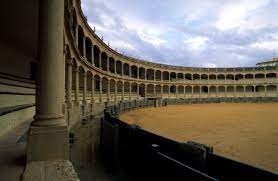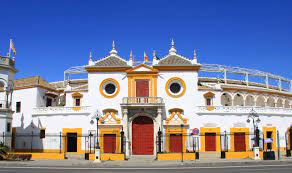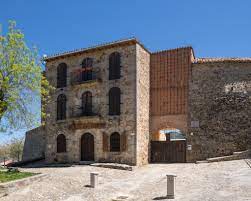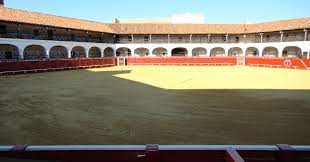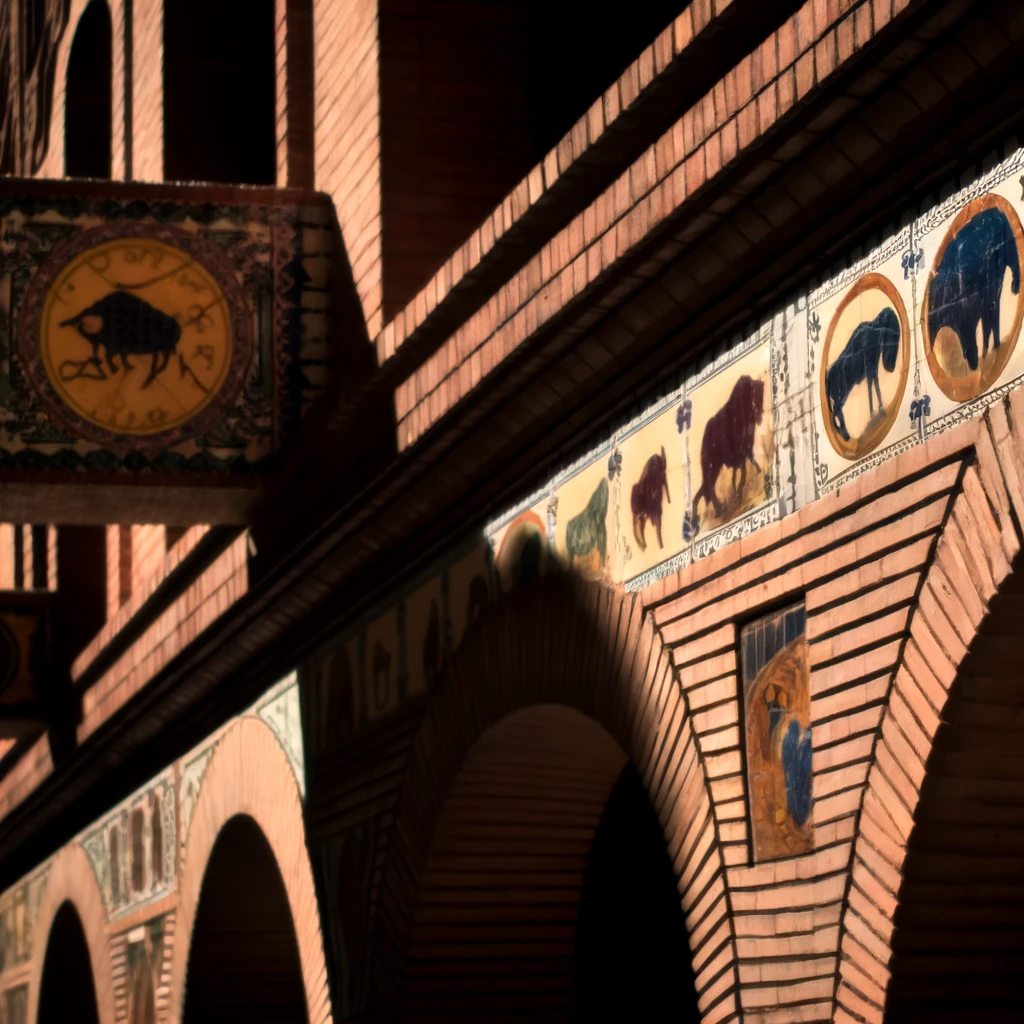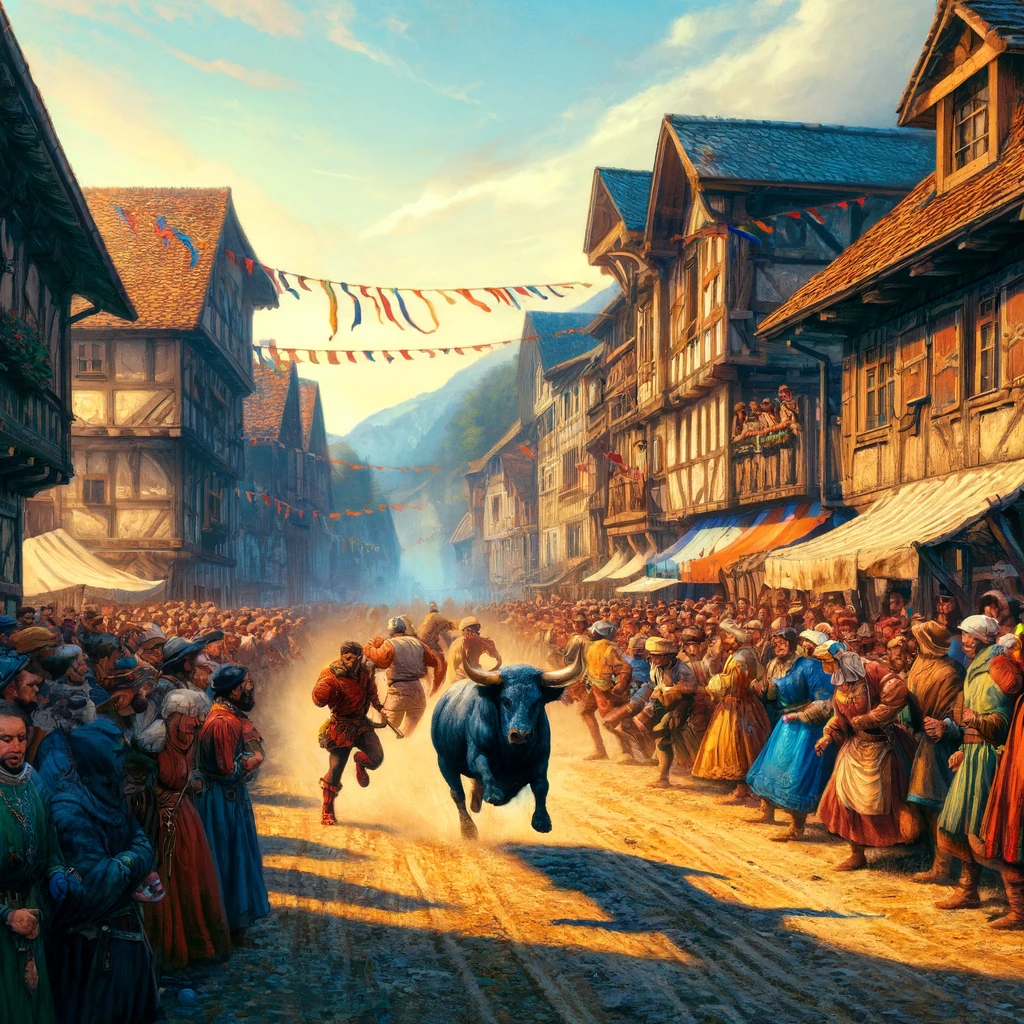In the world of bullfighting, where the struggle between the bull and the matador typically ends with the animal’s death, there exists an exciting and rare exception: the indulto. This occurs when a bull, during a bullfight, displays exceptional bravery, nobility, and quality in the ring, and the audience, along with the plaza’s president, decides to grant it the grace of living. It is a historic moment that blends respect, emotion, and an unexpected twist to the traditional narrative.
How and Why Is a Bull Indulted?
- Criteria of Bravery: The bull must demonstrate courage, strength, and a worthy fight, facing the matador without giving up. This is evaluated across the three stages of the bullfight: the tercio de varas, banderillas, and muleta.
- Collective Decision: The audience waves white handkerchiefs (a traditional gesture) to request the indulto, and the president, after consulting with the breeder and the matador, approves it if the animal meets the standards.
- Rarity: It happens in only about 0.1% of bullfights. For example, in 2024, fewer than 10 bulls were indulted across all of Spain, according to data from the Union of Bull Breeders.
A Unique Case in 2025
Although there are no complete official records yet for September 2025, bullfighting experts speculate that the Autumn Fair in Madrid (typically held in October) could be the setting for an indulto, given the high caliber of participating ranches like Victorino Martín or Núñez del Cuvillo, known for breeding top-quality bulls. Imagine being at Las Ventas next month, watching a bull like “Desafío” (a hypothetical name) receive this distinction after a memorable performance.
What Happens to an Indulted Bull?
- Life in Freedom: The bull returns to its original ranch, where it lives as a breeding bull to preserve its lineage. It is not fought again, but its offspring may inherit its bravery.
- Cultural Legacy: These bulls become legends. For instance, “Bailador” from the Miura ranch, indulted in 1991 in Málaga, is still remembered, and its lineage remains active.
- Celebration: The matador receives a deafening ovation, and the breeder often gives the bull a symbolic name, such as “Valiente” or “Gloria.”
Additional Curiosity: The Indulto in the Modern Era
In 2025, with growing attention to sustainability and ethical debates, the indulto has gained significance. Some fans see it as a bridge between tradition and modernity, a gesture that honors the bull as a protagonist. There are even initiatives on social media (like X) where fans request indultos for standout bulls, which could influence future decisions.







